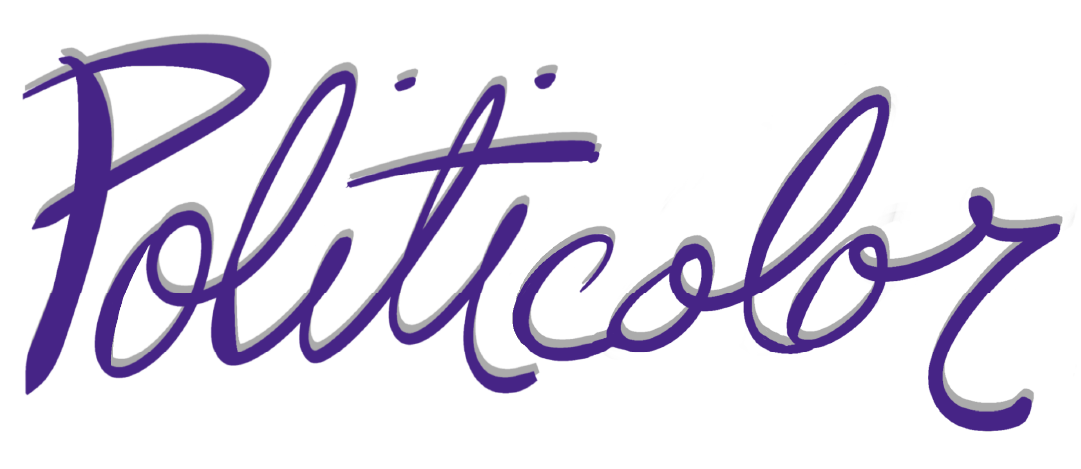After a year to digest Will’s colors and boxes, I felt ready to use them with my class.
It wasn’t without apprehension. Although I’ve spent a lot of time thinking and re-envisioning the National Academy (primarily through writing and this site), I want to approach mastery before revealing ideas. I think that’s only natural with one’s classroom. All good teachers admit their limitations, yet we don’t like to be wrong a whole lot, and that’s when working with facts. Here I was, deciding to dive into theory. And it looked like a glass of water down on the sidewalk from five-stories high.
The first decision I made was to re-prioritize. I teach in a Montessori school, and, for those unfamiliar, text books aren’t the standard operating procedure. I use one for science and another for my 7th/8th Algebra I students; and that’s it. However, I was pleasantly surprised by the middle school We the People curriculum when offered a sample at the 2007 National Academy, and had gone on to use my class set in 07-08.
The mistake I made, though, was to teach from the text. As a result, what had been always been riveting knowledge for me, and nothing short of revelatory in LA, was too stiff and rigid for my 4th-8th graders. On top of that, even when I used a science book, it was ancillary. Here, my passion for Civics was being suppressed by the need to cover every square inch of the print. There was none of the feeling I’d experienced at the National Academy. I mean, we moved, but there were way too many stumbles.
This year, I returned to my style and my strength. I’m a storyteller, so that’s what We the People would be: a story. No longer did I feel this self-imposed pressure to follow the curriculum verbatim and wait until Unit 3 to mention the Constitution. In fact, I began with the Constitution. After all, a plot needs its protagonist, right?
My second overarching concern was the boxes themselves. For a long time in LA, as I worked to connect them to various philosophers and the readings, the meanings of each had confused me. And here I was, considering imparting them to an even younger group than the year prior! However, I did remember the moment in which the boxes had finally made sense; it was when Will suggested that they could move.
Armed with my point of access, as well as the open-mindedness my students had always shown, I took the leap.
It was after covering the philosophers that I pulled out a rainbow of dry erase markers. Sure, the kids had seen them before. I’m something of an artist, and Montessori encourages an attractive classroom; so I frequently embellish lectures and even corners of the white board. But here, something was different. The teacher was explaining that the colors would hold meaning. A noticeable discomfort rippled through the group, and an inner giddiness began to flutter. It’s not that I’m sadistic; rather, some of the greatest lessons arise from a wee bit of revolution. The moment seemed pregnant with such possibility. When I asked them to pull out their own colored pencils and match them with the corresponding markers, the hook was set. Over the next several days, I watched my students rise and breech the waters of complacency to flutter through the otherworld sensation of air.
They were flying, and I couldn’t believe it. Suddenly, theory wasn’t a cup below; we were together at sea-level, and some of the kids were actually taking leaps to defy gravity.
NEXT THURSDAY: Further Adventures with Long-Dead Philosophers. Or Are They..?
